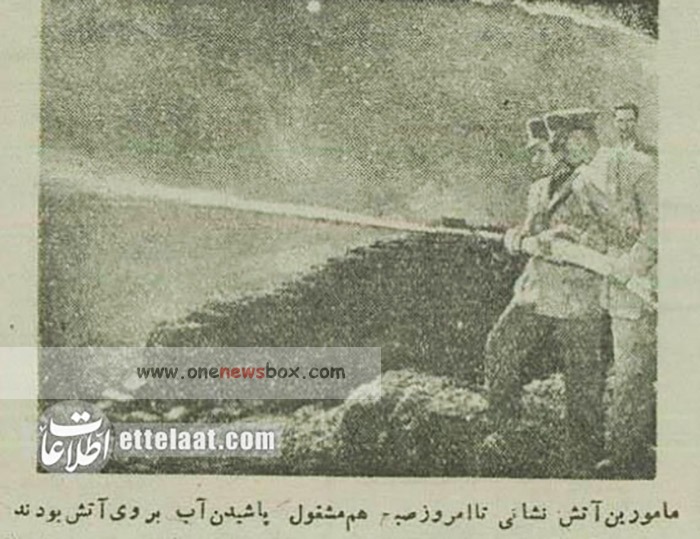The cultural impact of the fire was also significant. Artists, poets, and writers documented the event, preserving its memory in literature and visual art. The incident became a symbol of both tragedy and resilience, a reminder of human vulnerability and the strength that communities can summon in times of crisis.
In retrospectives published over the years, historians and journalists have continued to examine the 1955 Tehran fire. Many have pointed out that while the disaster was devastating, it also led to a period of reform and modernization that ultimately improved urban safety and emergency response systems in Iran. The tragedy served as a grim lesson, but one that was not forgotten.
Today, July 8 is occasionally commemorated in Tehran with fire safety awareness campaigns, particularly in neighborhoods like Shush Square that bore the brunt of the devastation. Memorial plaques and historical accounts ensure that the fire remains part of the collective memory.
The 1955 Tehran fire was not merely an accident born of negligence; it was a confluence of systemic issues, environmental conditions, and human error. Yet, in the aftermath, Tehran demonstrated its capacity to heal and to learn. From the ashes of destruction rose a more vigilant, better-prepared city, determined to prevent such a catastrophe from ever occurring again.
The lessons of July 8, 1955, echo still—a fiery reminder that vigilance, preparedness, and accountability are not optional in the face of potential disaster. The fire’s legacy endures not only in the reforms it inspired but also in the resilience of those who faced the flames and emerged determined to rebuild a safer, stronger Tehran.

